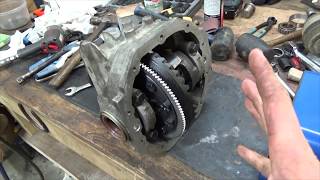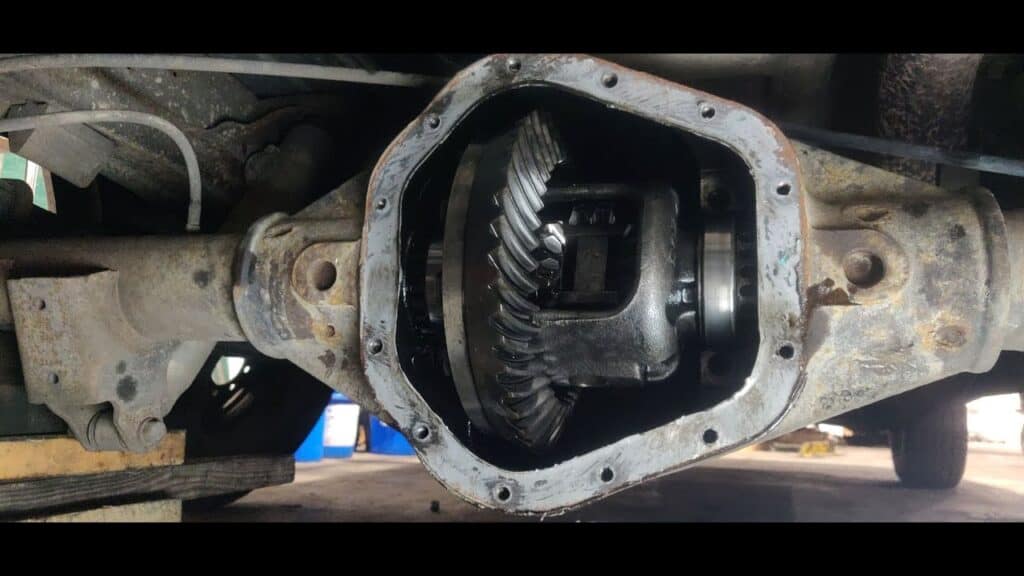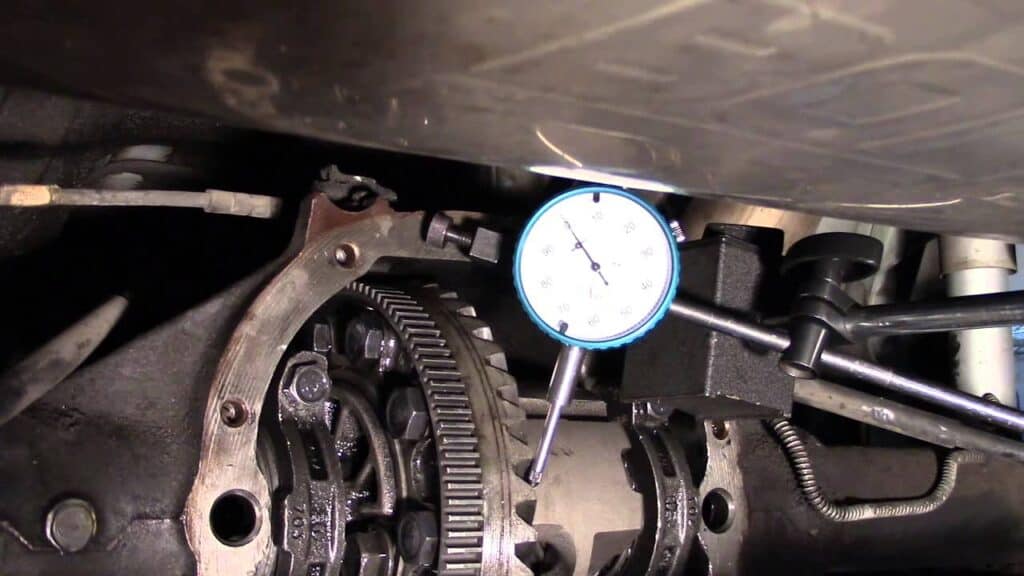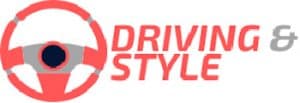The car rear is the essential car part that enables the car to move in the correct direction. Sometimes, people tend to ignore rear-end noise by increasing music volume when driving. However, ignoring 2004 ford explorer rear-end noise can severely affect car parts such as car engines, rings, and pinion gears.
Several reasons may cause the 2004 ford explorer vehicle to produce unwanted rear-end noise. If you experience rear-end noise while driving, consider contacting a professional mechanic to help you fix the problem. Also, you can use the information in the article below to troubleshoot the problem on your own as long as you have a full understanding of the car components.
Causes of 2004 ford explorer rear end noise

Noises that evolve from rear differential parts are a result of the following reasons;
i. Damaged ring and pinion gears. Once the ring and the pinion gears fail to function as needed, there is a production of rear-end noise.
ii. Low lubricant and fluid level in the differentials.
iii. Poor maintenance of rear differential when results in the production of rear end noise.
iv. Worn out rear differential wheel drive. Sometimes, rear differential wheel drive may wear out and fail to function, as usual, causing rear-end noise.
v. Improper installation of the ring and the pinion gears can lead to the proffering of rear-end noise.
How to determine rear end noise

The following steps give a step-by-step way of determining to rear-end noise.
Step 1: Collect all materials required
Equipment required when determining rear end noise include; car lift and stethoscope. Also, you can use a chassis ear if a stethoscope is unavailable.
Step 2: Lift the car
Drive the car and lift the car using a car lift. However, practice a lot of carefulness to avoid damaging other car parts such as the car wheel.
Step 3: Listen to read ends for any noise production
Using your hearing sense, listen carefully and identify any noise production. While listening to the rear-end noise, avoid contacting the driveshaft and yoke since the driveshaft can cause severe injuries when spinning.
Step 4: Inspect all areas using a stethoscope
A rear-end noise means distortion of gears or pinion rings. Using a stethoscope, inspect all rear-end parts and identify the possible causes of rear-end noise.
Step 5: Use chassis ears to determine to rear-end noise
If you don’t have a stethoscope, you may use chassis ears to inspect rear-end noise. Chassis ears are the type of small microphones that detect the presence of noise in the rear ends. The chassis ear is better than the stethoscope since they identify the exact area where noise is produced.
Steps on how to fix rear-end noise

To fix rear-end noise, follow the steps below carefully.
- Collect all equipment required
Equipment required to fix rear end noise includes; pry bar, draining bucket, gear marking compound, an acid brush, and socket. Ensure you have all equipment necessary before fixing the rear-end noise.
- Unscrew the bolts holding the metal plate in position
First, unscrew all bolts holding the metal plate in position using a socket and ratchet. Ensure you remove the screws carefully to avoid damaging the bolts. If the screws have accumulated a lot of rust, use a mini-hacksaw or bolt cutter to cut all bolts. Next, pull the metal plate covering the gear.
- Drain rear differential fluid
Using a draining bucket and a funnel, drain all differential fluid present in the rear. Ensure you drain all differential fluid. If the metal plate is stuck, use the recommended tool such as a screwdriver to pull the metal plate. Finally, ensure you follow the manufacturer’s instructions while pulling the metal plate.
- Check the status of the ring gears and the pinion gears
First, inspect the ring and pinion gears to identify any problems using a dial indicator. Also, check the level of the air gap when the gears are working. Further, check the amount of rear lubricant present on the gears.
Limited and dirty lubricants generate rear-end noise. If the lubricant is low, consider lubricating the ring and the pinion gears to eliminate rear-end noise. If the problem persists, consult a skilled professional mechanic to help you solve the problem.
- Change the position of the ring gear
Change the ring gear position by moving the ring gear backward and front simultaneously and seeing the backlash available. Check if the backlash available is less or too much.
- Inspect the rear gear pattern
In most cases, the unavailability of contact between the pinion gear and the ring gear results in the production of rear-end noise. Using an acid brush, make some markings on the ring gear teeth. An acid brush is used together with the gear marking compound and ensures the markings are on both sides. Making the rear gear teeth markings helps you identify the location of the pinion gear on the ring gear.
- Place pry bar on the ring gear
After marking the ring gear teeth, place the pry bar to establish a connection between the pinion gear and the ring gear. Ensure the rear gear and pinion gear pattern reams constant and evenly spread.
- Rotate the pinion gear
While holding and using the pry bar, make a slow rotation of the pinion gear at the back in clockwise to anticlockwise direction. Continue with the pinion gear rotation until the marked ring gear appears at the bottom. Then, repeat removing the pry bar and placing it on the opposite side of the ring gear. Finally, rotate the pinion gear in an anticlockwise direction.
- Check the condition of the rear and pinion gears
Inspect the rear and pinion gear’s condition and if they are damaged beyond repair, replace the gears with high-quality gear recommended for your car model to eliminate rear end noise. Further, inspect the rear gear and the pinion gear pattern and ensure they are in contact. If the problem persists, contact a professional mechanic to help you troubleshoot the rear-end noise problem.
Conclusion
Rear-end noise, in most cases, irritate and cause discomfort. If you ignore the rear-end noise, it can result in severe damages while driving. Therefore, it is advisable to regularly check the rear ends’ condition to troubleshoot the noise problems earlier.
If your 2004 ford explorer experiences rear-end noise, use the steps above to fix the problem. But, if you cannot fix the rear-end noise problem, contact a professional mechanic to help you fix and replace the rea and pinion gears. Finally, refer to the manufacturer’s manual book when necessary especially, when troubleshooting rear-ends noise problems.
If you are hearing clunking, rattling or grinding noises in the rear end of your rear wheel or four wheel drive vehicle, it may be a problem with the differential! Watch this video to learn how to diagnose and fix the problem that is creating rear end noise in your truck, SUV, or car.
